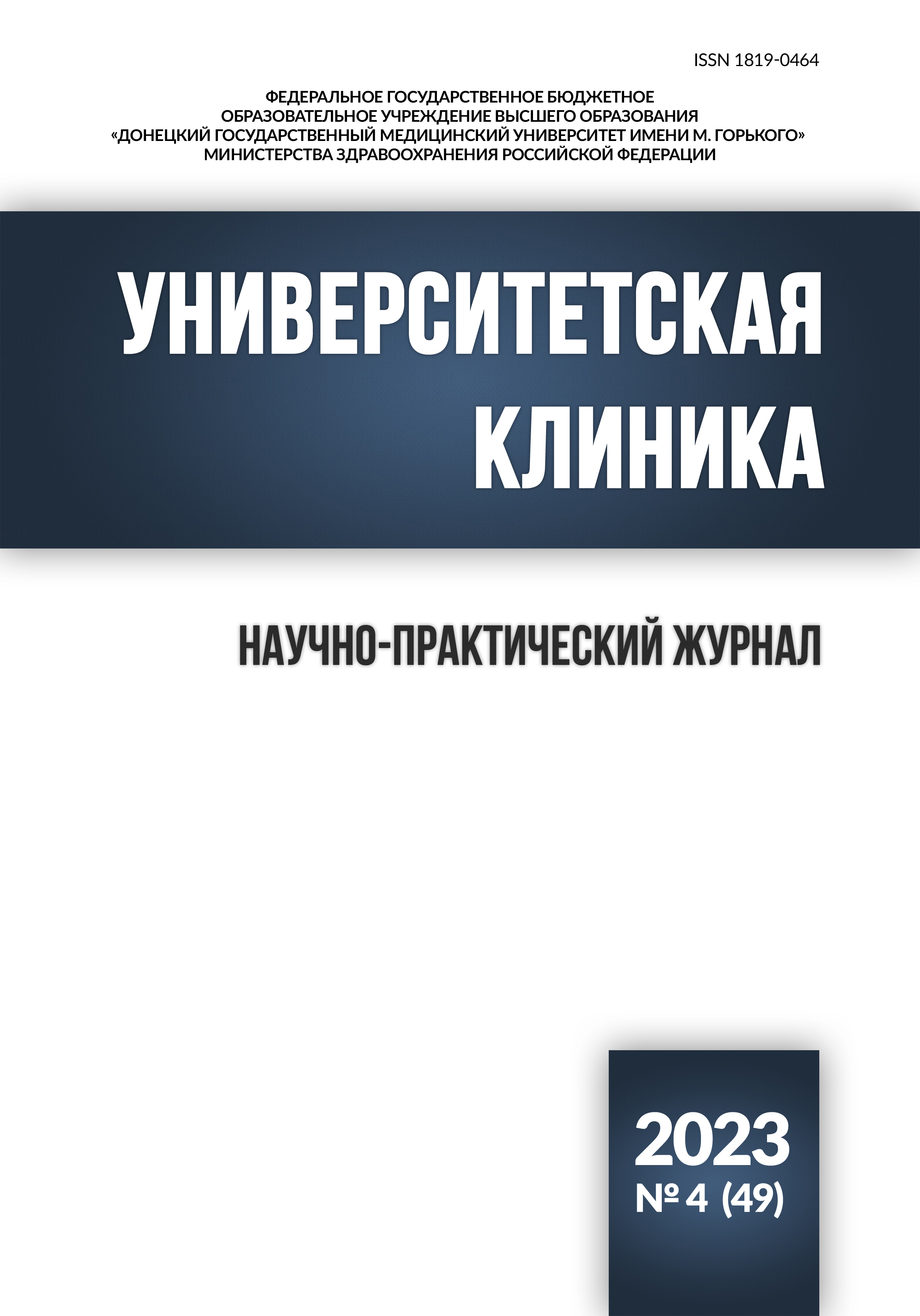ДИНАМИКА ПОКАЗАТЕЛЕЙ МИКРОМОРФОМЕТРИИ БЕЛОЙ ПУЛЬПЫ СЕЛЕЗЁНКИ ПОЛОВОЗРЕЛЫХ КРЫС ПРИ ИЗБЫТОЧНОМ ПОТРЕБЛЕНИИ КОФЕИНА И КОРРЕКЦИИ МЕКСИДОЛОМ
Аннотация
Целью исследования было выявить изменения микроморфометрических параметров белой пульпы селезёнки ювенильных крыс при потреблении кофеина в избыточной дозе и применении мексидола в качестве возможного корректора. Материалы и методы: эксперимент проведен на 72 половозрелых белых крысах-самцах с исходной массой тела 130-140г, распределенных на 3 группы: 1-я группа – контроль, 2-я группа – крысы, которые употребляли кофеин в дозе 120 мг/кг/сутки без коррекции, 3-я группа – употребляли кофеин на фоне коррекции мексидолом в дозе 50 мг/кг/сутки. Сроки эксперимента составили 7, 14, 30 и 90 суток. Оценка микроморфометрических показателей проводилась на гистологических срезах (поперечные срезы на уровне ворот селезёнки). Результаты и их обсуждение: избыточное потребление кофеина сопровождается увеличением площади белой пульпы 4,71% и 4,81% на 30 и 90 сутки. Максимальные отклонения исследуемых параметров белой пульпы селезенки регистрировались преимущественно к 30 и 90 суткам. При этом было выявлено, что наибольшее воздействие кофеин оказывает на периартериальную зону селезёнки, её периартериальные лимфатические влагалища и маргинальную зону. Мексидол демонстрировал максимальный эффект на 90 сутки. Заключение. Употребление кофеина в избыточной дозе сопровождается явлением увеличении площади белой пульпы селезёнки и её морфологических составляющих у крыс ювенильного возраста. Мексидол способен уменьшать воздействие кофеина за счет своего антиоксидантного эффекта и способности влиять на сосудистый компонент селезенки, демонстрируя максимальную эффективность на 90 сутки у половозрелых крыс.
Литература
2. Опасные стимуляторы организма – энергетики. URL: https://04.rospotrebnadzor.ru/index.php/consumer-information/faq/15953-14012022.html
3. Reef Al.T., Ghanem E. Caffeine: Well-known as psychotropic substance, but little as immunomodulatory.Immunobiology. 2018; 12: 818-825.
4. Horrigan L.A., Kelly J.P., Connor T.J. Immunomodulatory effects of caffeine: friend or foe? Pharmacology & Therapeutics. 2006; 111 (3): 877-892.
5. Steiniger B.S. Human spleen microanatomy: why mice do not suffice. Immunology. 2015; 145 (3): 334-346.
6. Грищенко А.А. Некоторые показатели органометрии селезенки ювенильных крыс на фоне избыточного потребления кофеина при возможной коррекции мексидолом. Морфологический альманах имени В.Г. Ковешникова. 2022; 3: 30-33.
7. Беляков В.И., Инюшкина Е.М., Громова Д.С. Лабораторные крысы: содержание, разведение и биоэтические аспекты использования в экспериментах по физиологии поведения: учебное пособие. Самара: Издательство Самарского университета. 2021. 96.
8. Толстенко А.А. Макро-микроморфометрическое исследование почек крыс различного возраста с избыточным потреблением кофеина при возможной коррекции мексидолом. Морфологический альманах имени В.Г. Ковешникова. 2023; 1: 111-115.
9. Шеламова М.А., Инсарова Н.И., Лещенко В.Г. Статистический анализ медико-биологических данных с использованием программы EXCEL: учеб. – метод. пособие. Минск: БГМУ. 2010. 96.
10. Lewis S.M., Williams A., Eisenbarth S.C. Structure and function of the immune system in the spleen. Science Immunology. 2014; 33: 6085.
11. Воронина Т.А. Мексидол: спектр фармакологических эффектов. Журнал неврологии и психиатрии. 2012; 12 (2): 86-90.
12. Грищенко А.А. Показатели макро-микроморфометрии селезенки крыс различного возраста на фоне избыточного потребления кофеина при возможной коррекции мексидолом. Проблемы экологической и медицинской генетики и клинической иммунологии. 2022; 5 (173): 31-39.
13. Leonard T.K., Watson R.R., Mohs M.E. The effects of caffeine on various body systems: a review. Journal of the American Dietetic Association.1987; 87 (8): 1048-1053.
14. Машковский М. Д. Лекарственные средства. 15-е изд. М.: Новая Волна. 2005. 1200.




